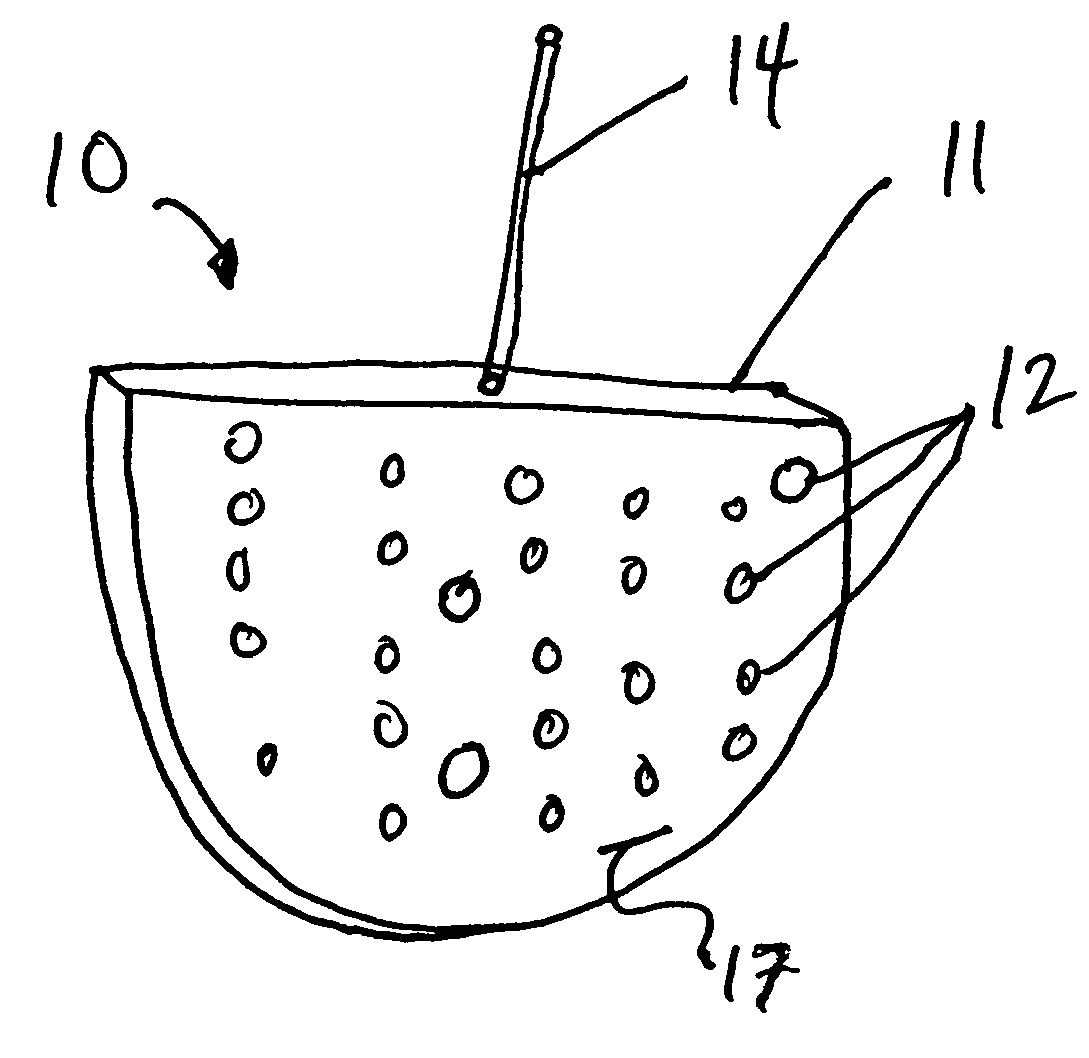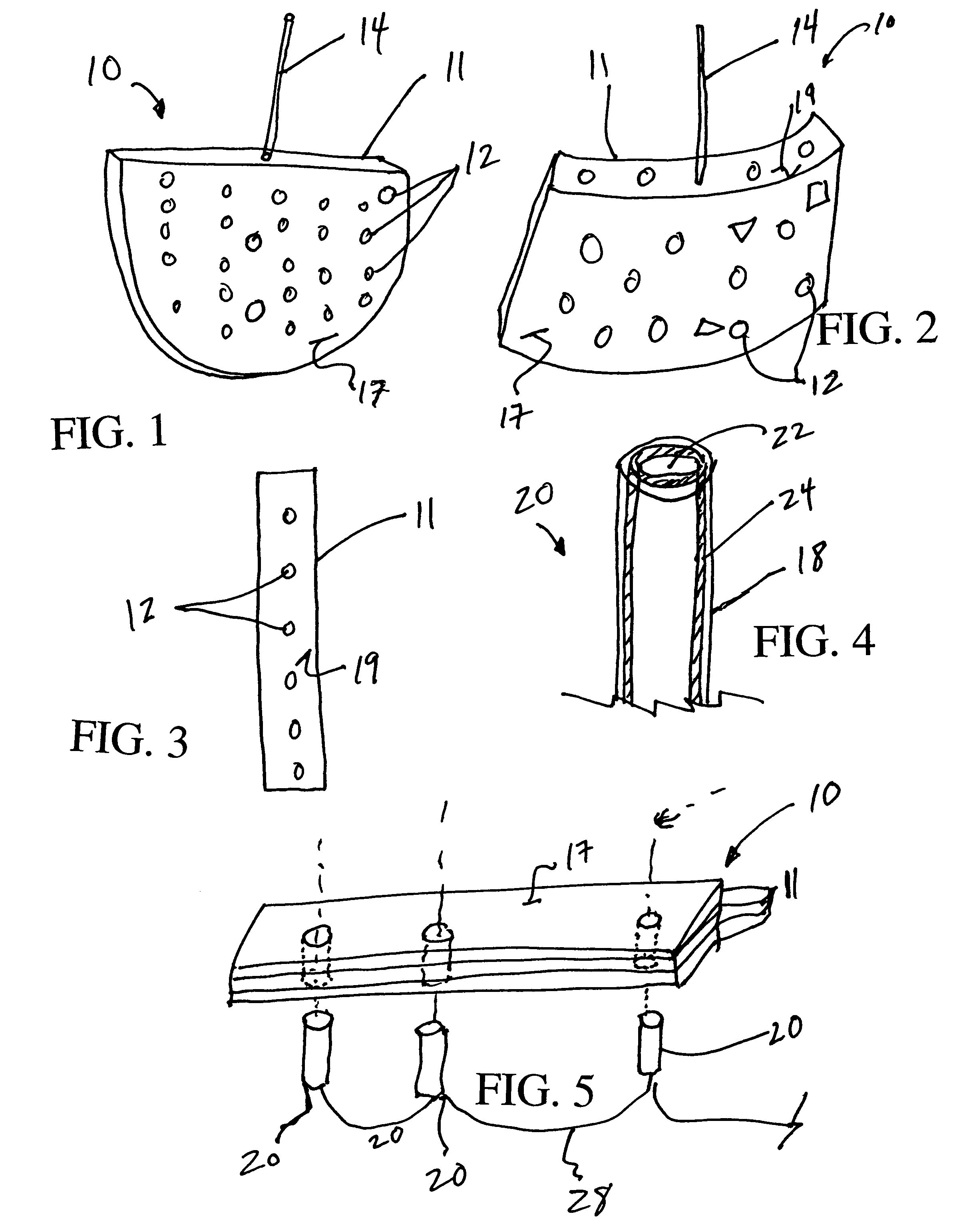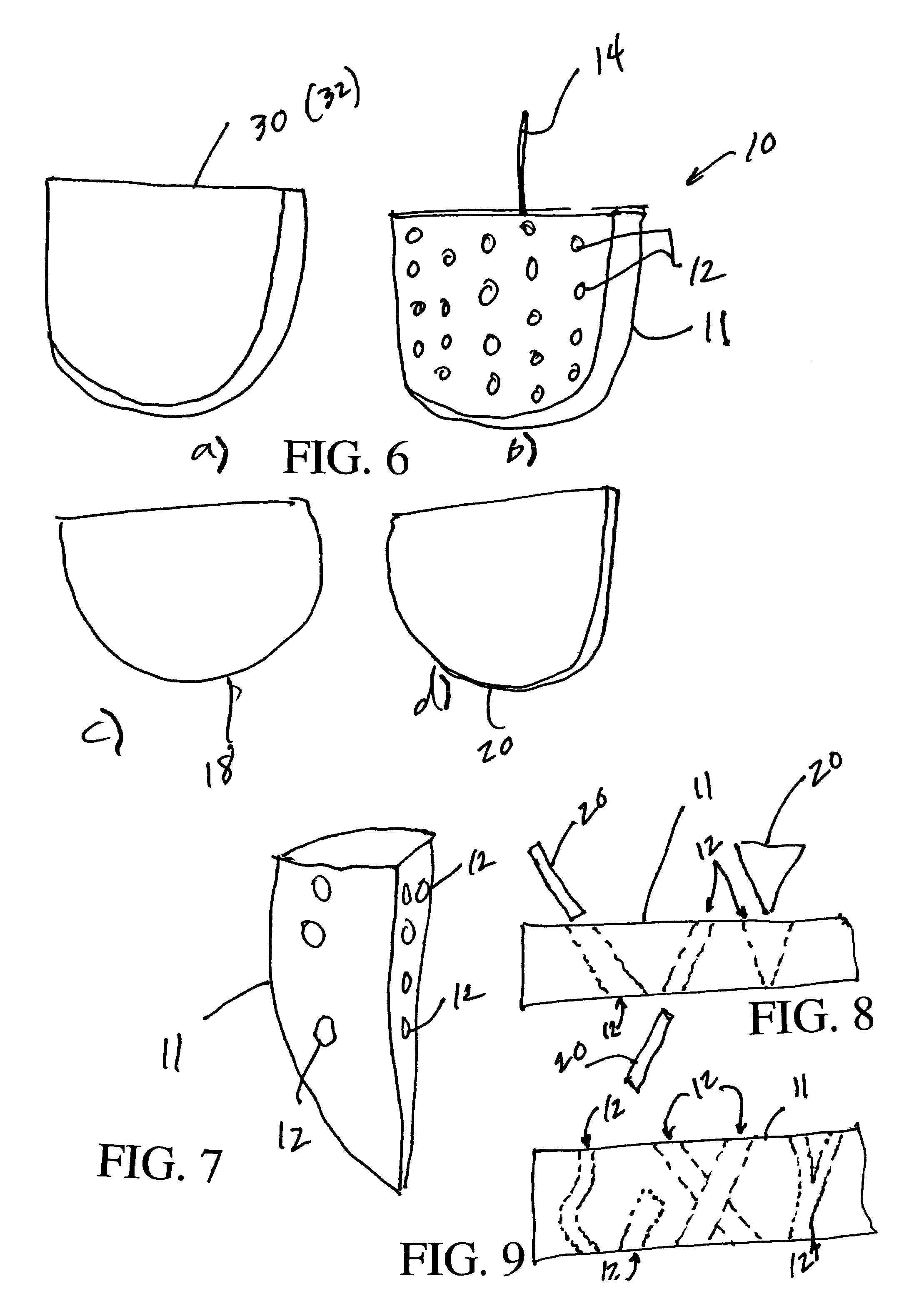Advanced valve metal anodes with complex interior and surface features and methods for processing same
a metal anode, advanced technology, applied in the direction of electrochemical capacitors, liquid electrolytic capacitors, electrochemical capacitors, etc., can solve the problems of compromising the performance of the completed electrochemical cell, the battery(s) and high voltage capacitor(s) used to provide effective cardioversion/defibrillation therapy, and the energy required for effective cardioversion/defibrillation therapy have historically been relatively bulky and expensive, and achieves small size and shape flexibility of powdered
- Summary
- Abstract
- Description
- Claims
- Application Information
AI Technical Summary
Benefits of technology
Problems solved by technology
Method used
Image
Examples
example 1
[0063]A method of fabricating a valve metal anode, comprising the steps of:[0064]depositing a metallic powder in a receiving container;[0065]applying pressure to the metallic powder to form a raw anode at a first press-density;[0066]removing the raw anode from the container;[0067]removing portions of the raw anode;[0068]sintering the raw anode;[0069]depositing the raw anode in an electrolyte solution; and[0070]applying electrical potential to the raw anode until an oxidation layer forms to a desired thickness on exposed portions of the raw anode.
example 2
[0071]A method according to example 1, wherein the depositing step b) further comprises:[0072]b1) depositing a first layer of the metallic powder having a first density characteristic;[0073]b2) depositing a second layer of the metallic powder having a second density characteristic which is different from said first density characteristic, on top of said first layer of metallic powder.
example 3
[0074]A capacitor apparatus, comprising:[0075]a porous sintered valve metal anode member having at least two cavities formed therein and having a layer of oxide formed on exposed surfaces of the anode member and wherein said valve metal anode has a cross-sectional density profile wherein a peripheral portion of the valve metal anode is less dense than a central portion of the valve metal anode;[0076]a conductive lead wire coupled to the anode member;[0077]at least one cathode member disposed in electrical communication with said anode member; and[0078]a housing means for retaining the anode member and cathode member.
PUM
 Login to View More
Login to View More Abstract
Description
Claims
Application Information
 Login to View More
Login to View More - R&D
- Intellectual Property
- Life Sciences
- Materials
- Tech Scout
- Unparalleled Data Quality
- Higher Quality Content
- 60% Fewer Hallucinations
Browse by: Latest US Patents, China's latest patents, Technical Efficacy Thesaurus, Application Domain, Technology Topic, Popular Technical Reports.
© 2025 PatSnap. All rights reserved.Legal|Privacy policy|Modern Slavery Act Transparency Statement|Sitemap|About US| Contact US: help@patsnap.com



